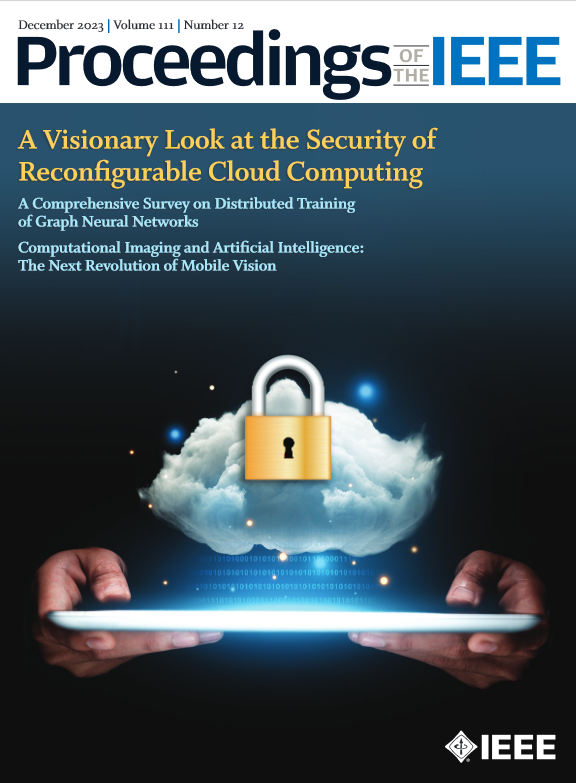迈向弹性现代电力系统:从单域到跨域弹性增强
IF 23.2
1区 计算机科学
Q1 ENGINEERING, ELECTRICAL & ELECTRONIC
引用次数: 0
摘要
现代电力系统是我们社会的支柱,为日常活动提供电力能源。随着通信网络的集成和可再生能源(RES)的高度普及,现代电力系统已发展成为一个跨领域的多层复杂系统,其效率、可控性和可持续性都得到了提高。然而,越来越多的突发事件,包括自然灾害、极端天气和网络攻击,正在损害现代电力系统的功能,并造成巨大的社会和经济损失。现代电力系统需要具备抗灾能力这一理想特性,以确保其在保持功能的同时能够抵御各种灾害。本文系统综述了近年来的电力系统弹性增强技术,并结合现代电力系统的跨域多层特点,提出了增强现代电力系统弹性的新方向。我们首先从电力系统抗灾能力的定义、构成和分类等方面回答了 "什么是电力系统抗灾能力 "这一问题。我们必须认识到,电力系统的恢复能力取决于两个相互依存的因素:网络设计和系统运行。随后,我们对 2016 年以来发表的文章进行了综述,这些文章开发了创新方法来提高电力系统的复原力,并将其分为基础设施复原力增强和运行复原力增强两类。我们讨论了它们的问题表述和提出的可量化复原力措施,并指出了它们的优点和局限性。最后,我们认为现代电力系统必须利用高阶子图研究和科学机器学习(SciML)来捕捉异构网络和数据之间的相互依存和相互作用,从而全面增强其基础设施和运行的复原力。本文章由计算机程序翻译,如有差异,请以英文原文为准。
Toward Resilient Modern Power Systems: From Single-Domain to Cross-Domain Resilience Enhancement
Modern power systems are the backbone of our society, supplying electric energy for daily activities. With the integration of communication networks and high penetration of renewable energy sources (RESs), modern power systems have evolved into a cross-domain multilayer complex system of systems with improved efficiency, controllability, and sustainability. However, increasing numbers of unexpected events, including natural disasters, extreme weather, and cyberattacks, are compromising the functionality of modern power systems and causing tremendous societal and economic losses. Resilience, a desirable property, is needed in modern power systems to ensure their capability to withstand all kinds of hazards while maintaining their functions. This article presents a systematic review of recent power system resilience enhancement techniques and proposes new directions for enhancing modern power systems’ resilience considering their cross-domain multilayer features. We first answer the question, “what is power system resilience?” from the perspectives of its definition, constituents, and categorization. It is important to recognize that power system resilience depends on two interdependent factors: network design and system operation. Following that, we present a review of articles published since 2016 that have developed innovative methodologies to improve power system resilience and categorize them into infrastructural resilience enhancement and operational resilience enhancement. We discuss their problem formulations and proposed quantifiable resilience measures, as well as point out their merits and limitations. Finally, we argue that it is paramount to leverage higher order subgraph studies and scientific machine learning (SciML) for modern power systems to capture the interdependence and interactions across heterogeneous networks and data for holistically enhancing their infrastructural and operational resilience.
求助全文
通过发布文献求助,成功后即可免费获取论文全文。
去求助
来源期刊

Proceedings of the IEEE
工程技术-工程:电子与电气
CiteScore
46.40
自引率
1.00%
发文量
160
审稿时长
3-8 weeks
期刊介绍:
Proceedings of the IEEE is the leading journal to provide in-depth review, survey, and tutorial coverage of the technical developments in electronics, electrical and computer engineering, and computer science. Consistently ranked as one of the top journals by Impact Factor, Article Influence Score and more, the journal serves as a trusted resource for engineers around the world.
 求助内容:
求助内容: 应助结果提醒方式:
应助结果提醒方式:


